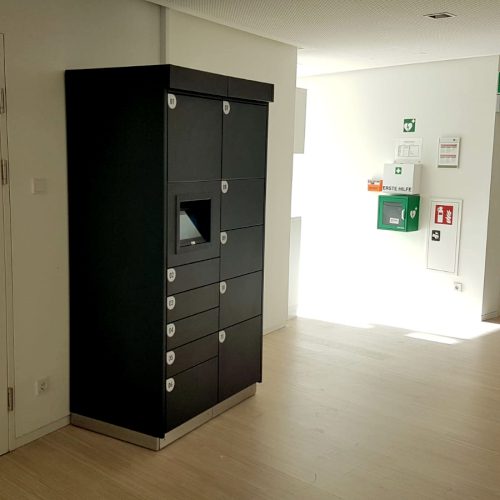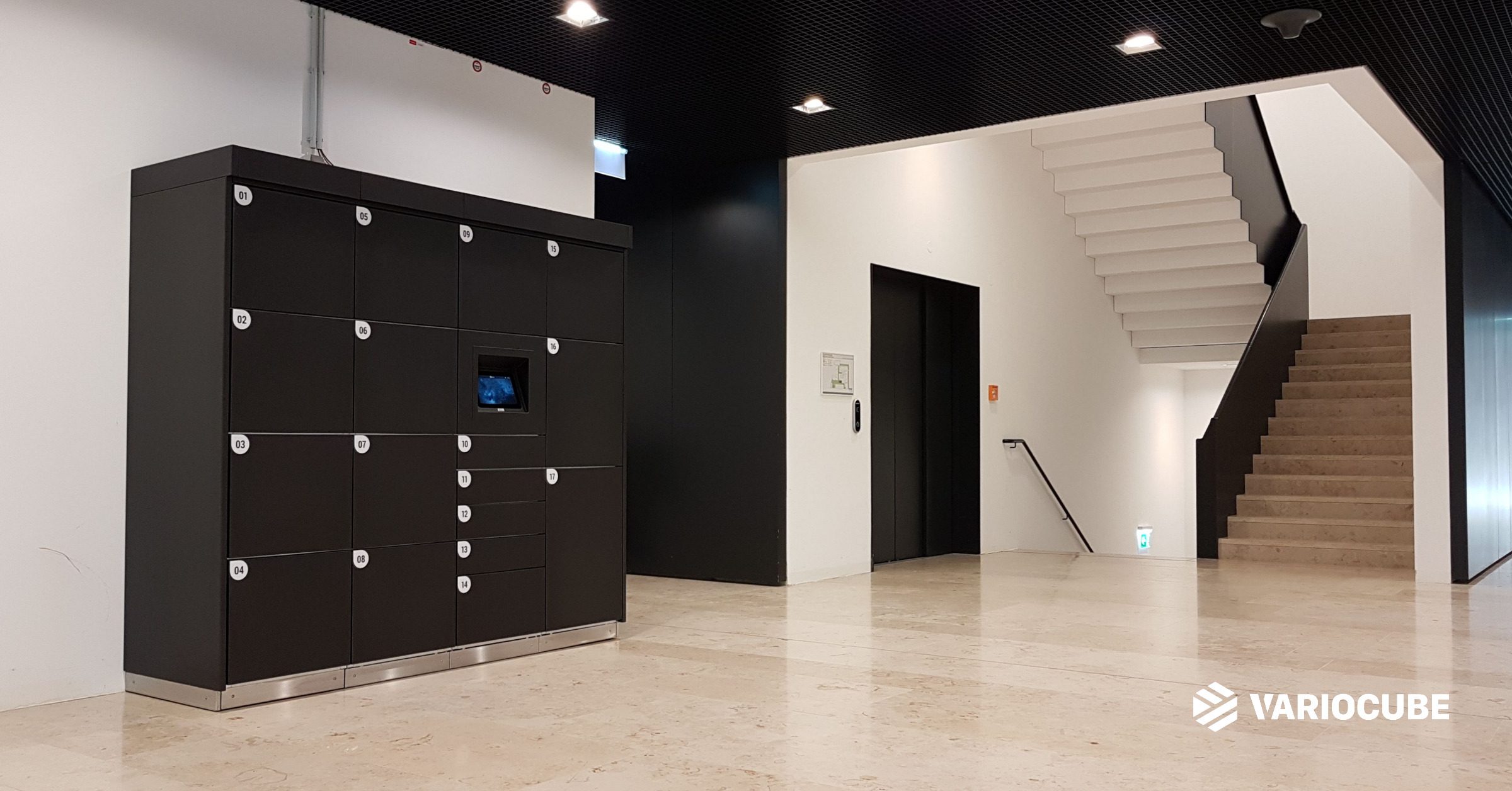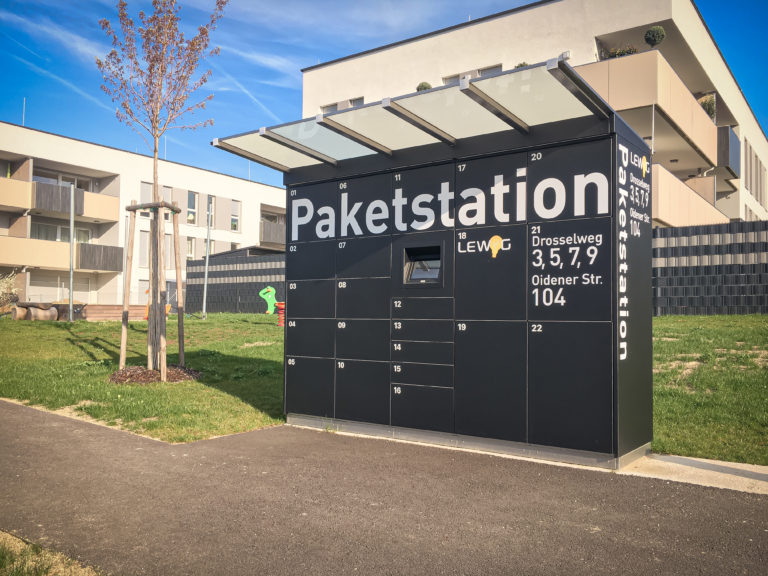The Institute of Science and Technology Austria (IST Austria) in Klosterneuburg has decided in favour of the innovative in-house logistics solutions from VARIOCUBE GmbH. These advanced systems represent a milestone in goods logistics. The collaboration shows how state-of-the-art technology and customised software help to make internal processes more efficient and secure.

Implemented solutions:
- Locker systems: Modules from the tried-and-tested VC standard series were installed at seven locations on the campus in customised configurations.
- Internal parcel logistics: Consignments are distributed via the smart Locker network on campus.
- Service Cube application: The extensive internal application has been customised and expanded to include functions such as SAP MM integration with asset tracking. This enables automated write-offs and value adjustments when goods are withdrawn.
Advantages for ISTA:
- Efficient material management: optimised material flow between storage locations, transparent and secure transfer processes and the option to safely store and transport temperature-sensitive materials using specialised refrigerated compartments
- Time decoupling: Employees can pick up or return materials or parcels regardless of time restrictions.
- Automated processes: Integration into the SAP system reduces manual work steps and increases efficiency.
- Transparency and traceability: The implementation of locker systems and software solutions enables seamless tracking of consignments and materials.
- Sustainable processes: The integration of these systems not only supports efficiency, but also reduces the need for manual handovers and thus the time required.

With this innovation, IST Austria is setting new standards for modern and digital in-house logistics in research institutions. The implementation emphasises the importance of flexible, secure and efficient logistics systems in order to meet the increasing requirements in the research environment. You can read more about this use case in the case study.



